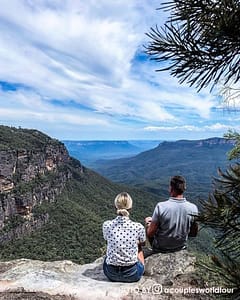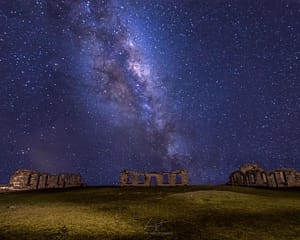Travelling to Tasmania is a bit like stepping back in time. Separation from the mainland has meant that native plant and animal life has thrived, with parts of the region appearing all but untouched.
Additionally, Tasmania’s southern location has made it a stop-off point for research expeditions heading south to the Antarctic. For travellers going to Tasmania, this means that there are a wealth of amazing attractions to visit that celebrate Australian journeys to Antarctica.
Next time you visit Wyndham’s Tasmanian resort at Seven Mile Beach, be sure to check out these incredible slices of history from Australia’s ‘Gateway to Antarctica.’

The Royal Tasmanian Botanic Gardens
Even if you’re not on the lookout for Antarctic attractions, the Royal Tasmania Botanic Gardens are a must-see if you’re going to be in and around Hobart. These gardens are some of the oldest in the world, and boast trees dating all the way back to the 19th Century. There’s also a wide variety of native flora to see up close, with many species classified as endangered or critically endangered.
Once you’ve done a circuit, wrap up tight and head into the Subantarctic Plant House – the only one of its kind in the world. Inside, you’ll find examples of plant life from Macquarie Island – a UNESCO World Heritage site that marks one of the last stops before Antarctica. Finish exploring, and then stop in at the onsite restaurant for a bite before heading back to Wyndham Seven Mile Beach.

Mawson’s Huts Replica Museum
Australia has a rich history of Antarctic exploration, but few remnants of early journeys to the icy continent remains. Mawson’s Huts on Cape Denison are the exception, with several of these dwellings still intact despite the frigid, inhospitable environment.
The huts were constructed by members of a 1911 trip to Antarctica, led by the legendary Douglas Mawson more than a century ago. Now, travellers to Tasmania can experience the huts for themselves without having to face the bracing cold. The Replica Museum is a great way to step back in time to what those early journeys must have been like, and, best of all, the money raised by the museum goes towards the conservation of the original huts in Antarctica.







